In the accounts of ECB’s September 8-9 meeting, Governing Council members concurred with the assessment that “an accommodative monetary policy stance remained”. Also, “policy support from a sustained pace of net purchases under the PEPP, along with the other instruments and the recalibrated forward guidance, was deemed essential”.
Financing conditions had “had remained favourable or had loosened further” since June, and was “visible across a broad spectrum of indicators”. Inflation outlook had a “significant improvement over the course of the year”. However, the near-term increase in inflation was “largely driven by temporary factors that would fade in the medium term and not call for policy tightening.”
Regarding the reduction in PEPP purchase pace in Q4, on the one hand, it was argued that “a symmetric application of the PEPP framework would call for a more substantial reduction in the pace of purchases”. On the other hand, “reference was made to the recent repricing in nominal bond yields, which called for a prudent reduction in the pace of purchases”.
Also, it’s noted that “markets were already expecting an end to net asset purchases under the PEPP by March 2022”, but such expectation was “not showing a significant impact on financing conditions”.
Overall, all members agreed to “moderately scale down the pace of purchases under the PEPP”.
Full accounts here.




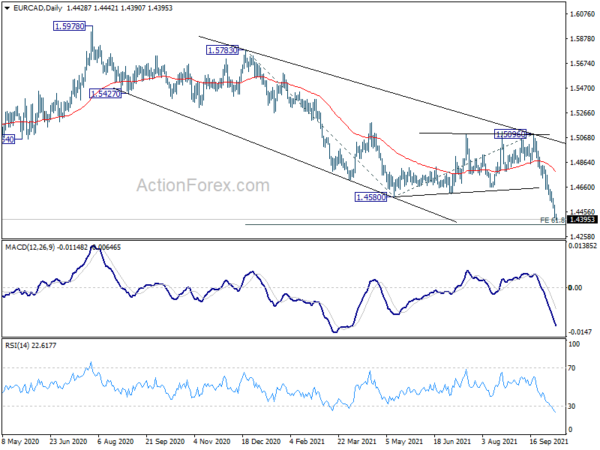
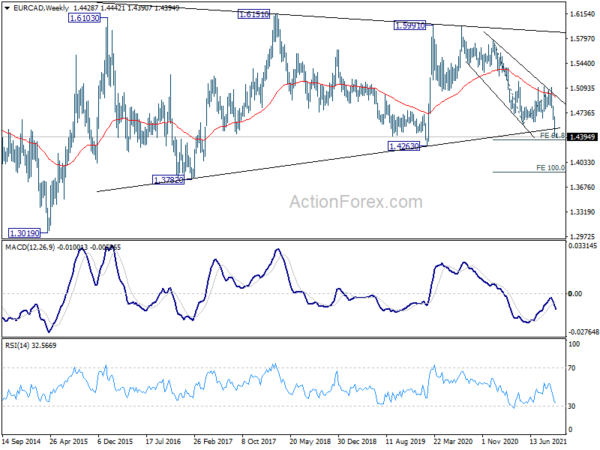
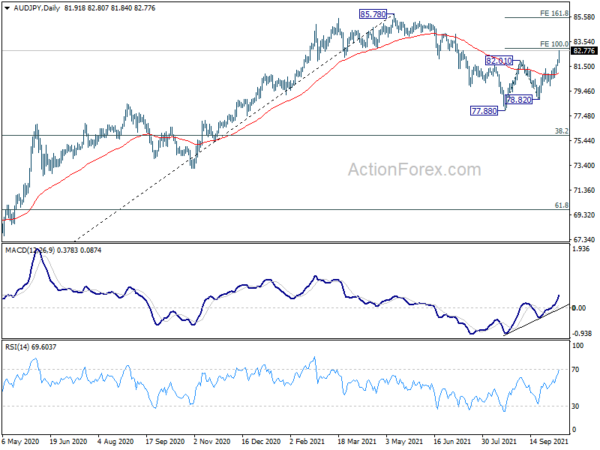
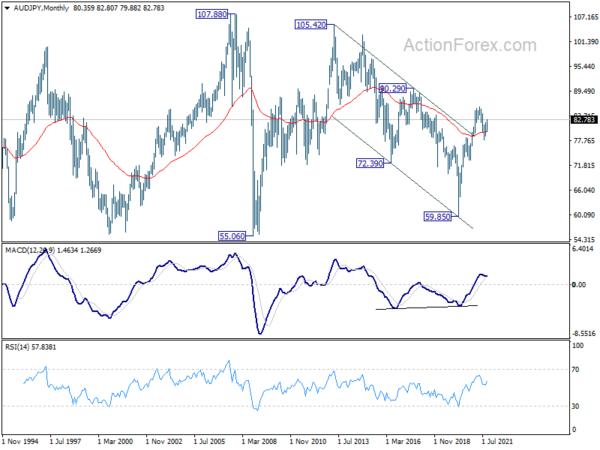
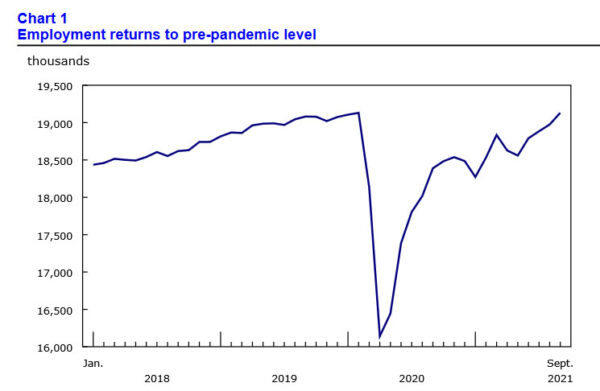
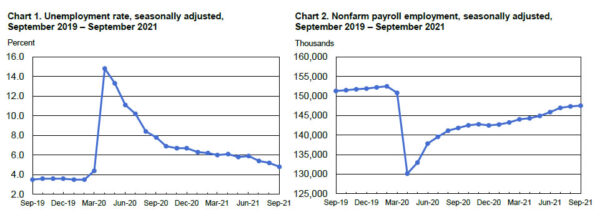
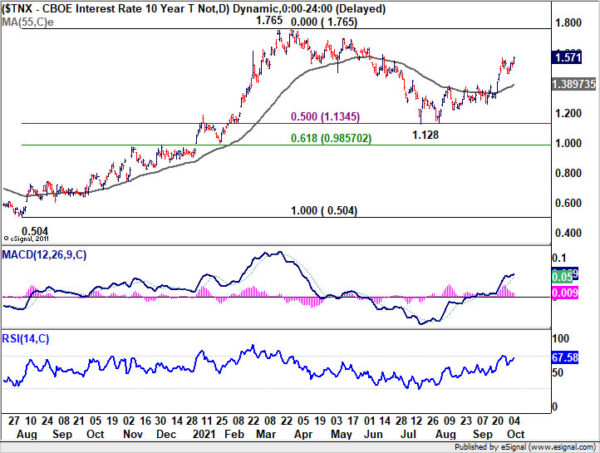
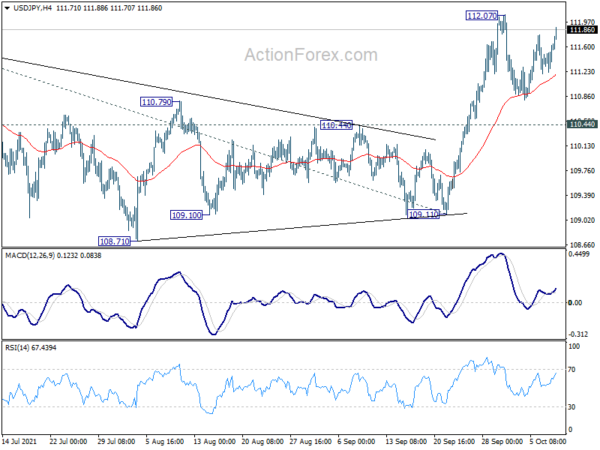
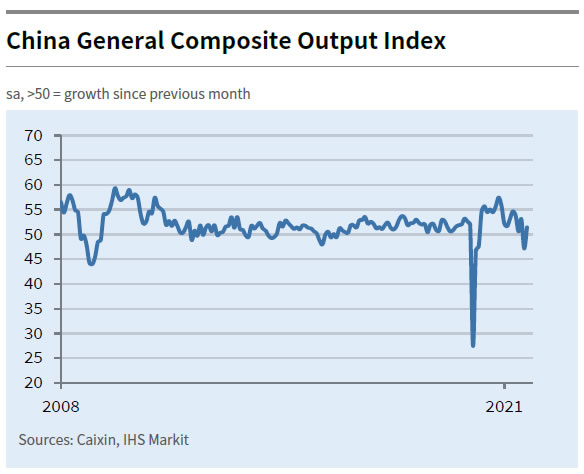
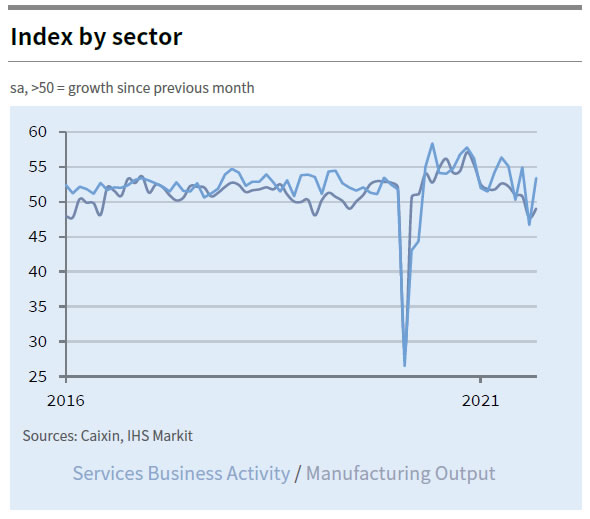
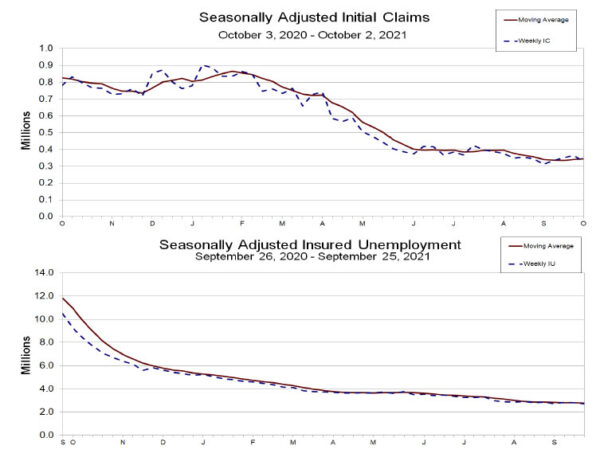
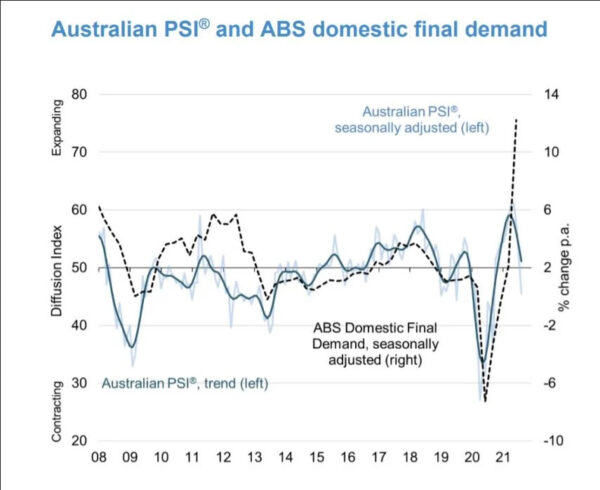
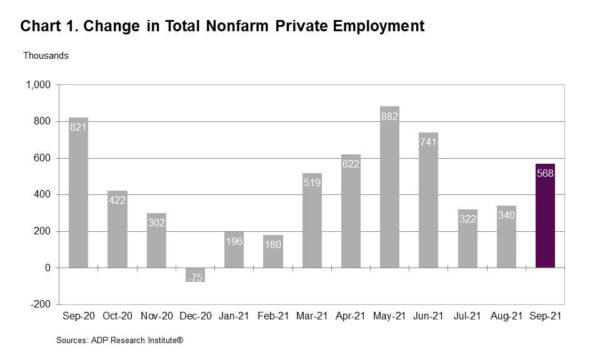

ECB Lane: We’re some distance in terms of medium term from 2% inflation
ECB’s chief economist Philip Lane said today, “the medium-term inflation dynamic is too slow, not too fast.””We still think we’re some distance in terms of medium term from 2%,” he added. “The trigger for monetary policy action is not there.”
“In addition to rate forward guidance, calibrating the volume of asset purchases also plays an important role in ensuring that the monetary stance is sufficiently accommodative,” said.
“The compression of term premia through the duration extraction channel plays a quantitatively-significant role in determining longer-term yields and ensuring that financing conditions are sufficiently supportive to be consistent with the delivery of our medium-term inflation objective.”